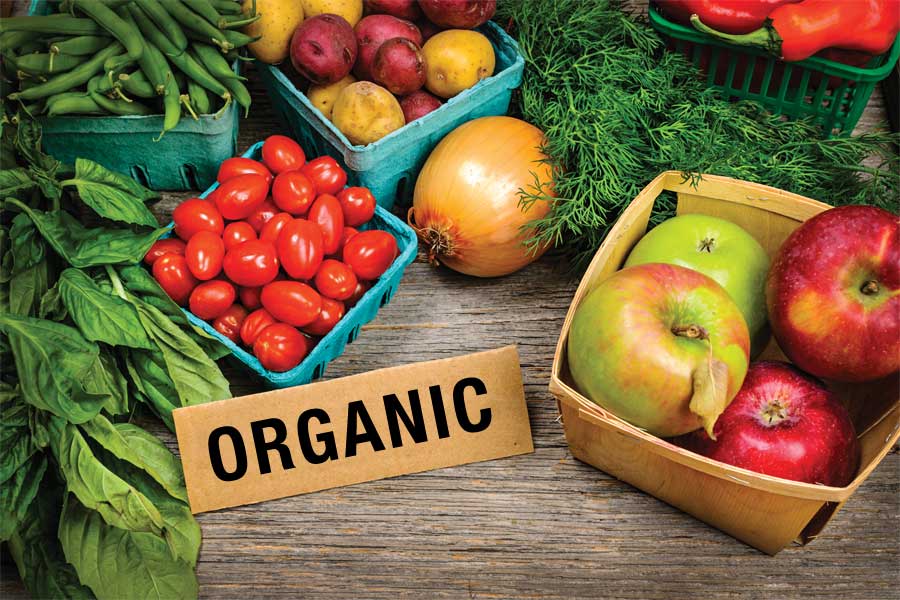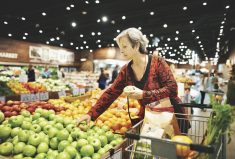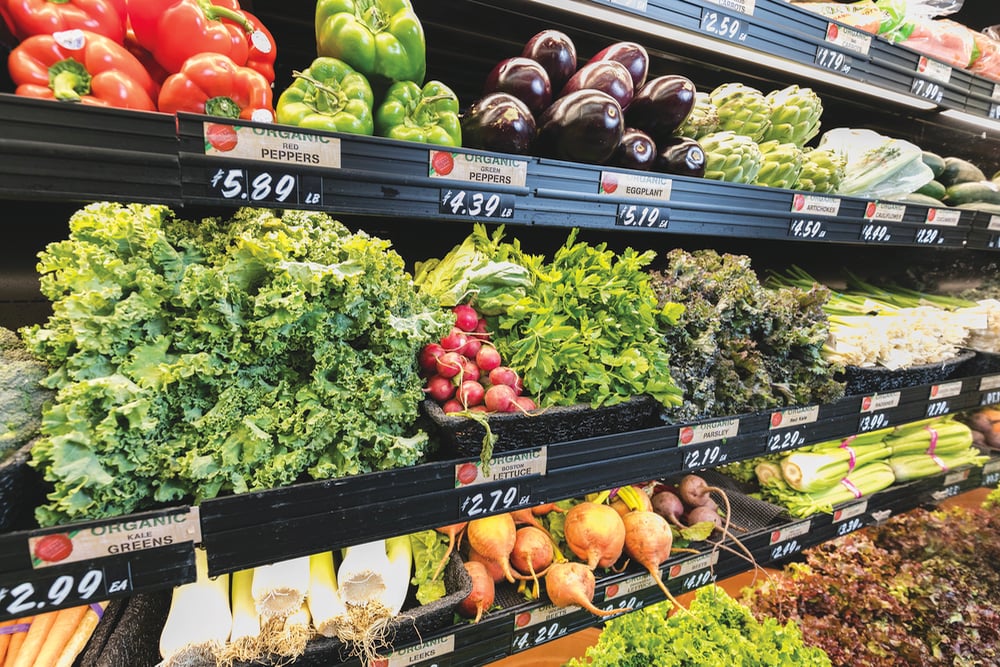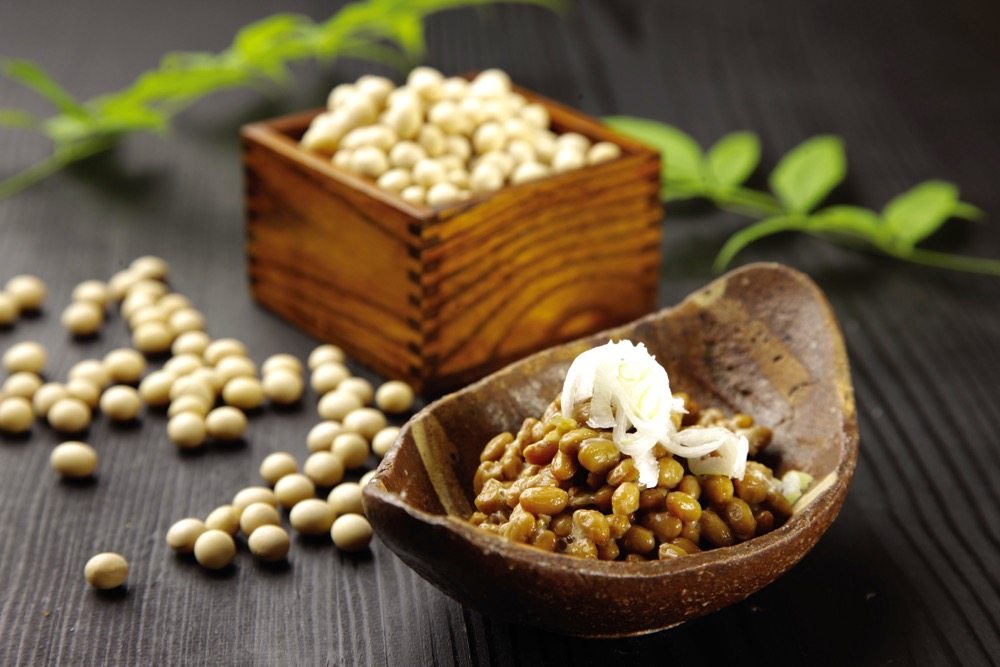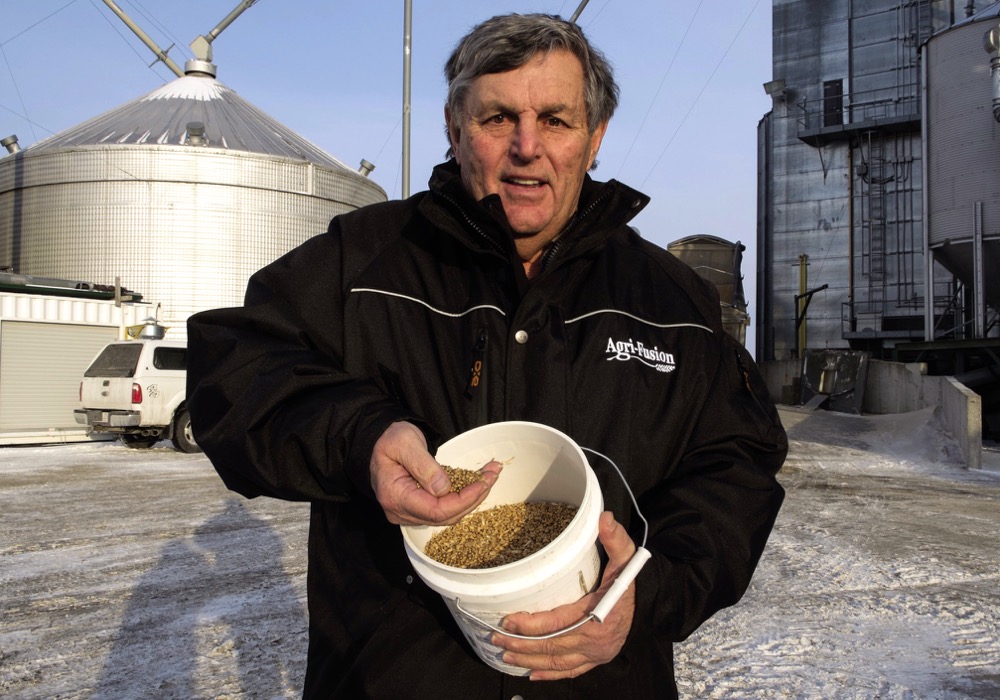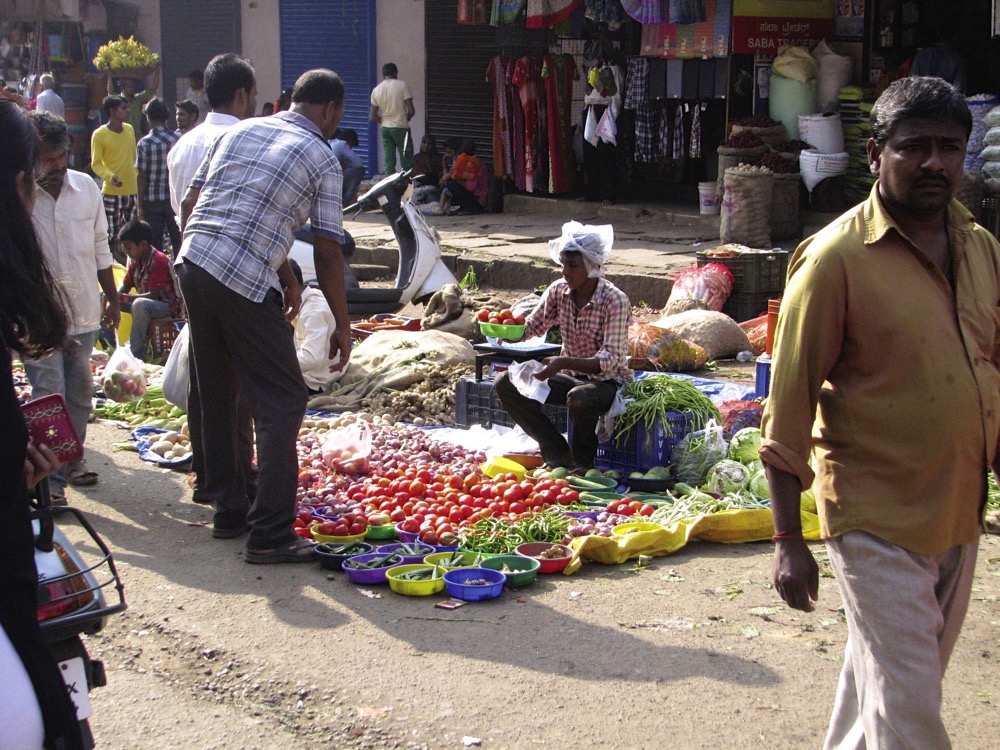With sales reaching $3.5 billion in 2012, Canada is now the fourth-largest organic market in the world after the U.S., Germany and France, according to a comprehensive study by the Canada Organic Trade Association.
Nor are sales showing any signs of slowing down, says Matthew Holmes, executive director of the non-profit association that represents organic growers, retailers, processors and exporters. “The organic market is continuing to grow rapidly,” says Holmes. “It tripled in size since 2006, and that’s despite the 2008 recession and the introduction of stringent new regulations in Canada in 2009.”
Read Also

Riding the tariff rollercoaster
Farmers are accustomed to roller-coaster years. But the current geopolitical windstorm is something else entirely. On his cattle operation near…
“The market is robust and we need more organic farmers in Canada,” Holmes says. “There is untapped demand.”
According to the study, 20 million Canadians say they buy some organic every week, and 98 per cent of these shoppers expect to maintain or increase their spending on organic.
Typical shoppers include parents with young children, and also urbanites and the university educated. Those factors are significant, Holmes says, because Canadians choose organic foods as part of their broader social, health and environmental values.
Holmes says the same is true of farmers who shift to organic. But they also look at economics, he says, where he says they find it’s easier to support a family farm with organic because prices are less volatile.
However, demand for organic food isn’t equally spread across the country. British Columbians are most likely to buy organic food, with 66 per cent of consumers there saying they shop for organic (a number that jumps to 78 per cent in Vancouver).
Alberta is the fastest growing market, says Holmes, but Ontario with its large population base, still has one-third of the overall organic market in Canada.
The sales figures also vary for different products. Fruits and vegetables account for the largest share of the overall sales. Organic salad mixes have also been particularly successful, with organic accounting for 40 per cent of all salad mixes sold in Canada.
Only one per cent of organic sales were meat or poultry, but sales are climbing at a faster rate than for other products. Even so, this sector faces specific challenges such as limited access to organic feed and a shortage of local abattoirs that can process organic meat, says Holmes.
In past, consumers had to seek out organic food at farmers markets or at bulk food shops, but organic food is becoming increasingly available in the big chain stores. According to the COTA report, 45 per cent of the purchases were made in mainstream grocery stores. Major chains such as Sobey’s are also now carrying organic chicken and fish through the Blue Goose brand.
Food service has been another growth area for organic food sales, with 12 per cent of the organic food sold through food service and institutional channels.
This number may be in part due to the efforts of Local Food Plus (LFP), a non-profit organization that has been reaching out to restaurants and institutions, primarily in the Greater Toronto Area (GTA), to encourage them to buy local sustainable food. LFP operates its own certification process for farmers, many of whom are also certified organic, says president Don Mills.
Lawrence Andres, an organic dairy farmer and co-founder of Harmony Organic with his wife, Mathilde, says the organic dairy industry is alive and well. Harmony Organic sells fluid organic milk through 300 specialty stores across Ontario and through the food service sector. More than half of this milk is sold in glass bottles which can be refilled up to 20 times.
Harmony’s core customers are motivated by environmental concerns, says Andres. “They are extremely motivated to save the planet and are convinced they have to do something,” he says. Andres says his customers tell him the milk also tastes better because it’s packaged in glass instead of plastic or a carton.
From the Grainews website: The middle view on GMO crops
Starting with just two farmers in 2001, today Harmony Organic sells milk from 14 producers. Although overall sales did stagnate during the 2008 recession, sales of bottled milk have seen double-digit growth in recent months. Currently, 65 per cent of Harmony’s market is in the GTA, with significant sales to the University of Toronto, Ryerson University and coffee shop chains, says Andres.
In 2009 Canada launched regulations which require growers to meet stringent rules in order to call their products organic. One of the requirements is that produce must be certified by a third-party organization. Some small growers find the cost and work involved in certification to be prohibitive. These growers may sell their produce under alternative banners such as “low-spray,” “naturally raised,” “free range,” “chemical free,” or “grass fed.”
The COTA study only considered certified organic but there may also be considerable consumer demand for produce sold under these other banners. A survey by the Organic Council of Ontario (OCO), a non-profit association representing all members of the value chain, found that of the farmers market vendors who reported selling “organic” produce, only 33 per cent were actually certified. Similarly, only 42 per cent of farmers who reported selling “organic” produce directly through on-farm markets were actually certified. These farmers were using the other banners such as “chemical-free” or “natural.”
There seems to be a lot of anecdotal evidence that consumers are increasingly concerned about what’s going into their bodies, says Anna Contini, executive director at FoodLink Waterloo Region, a grass-roots organization that connects farmers and consumers. She says they are concerned about the effects of pesticides, GMOs and food safety.
Still, there are challenges. Sometimes the production and markets are out of sync, says Waterloo, Ont. organic grower Theresa Schumilas. Schumilas runs a buying club for organic produce and often purchases organic produce from other farmers in her area.
Schumilas says she knows several organic farmers in her area who are “crying out for markets.” These farmers have excess capacity and would like to expand their production but don’t have enough direct-to-consumer markets. She admits these farmers could sell their produce wholesale but that’s not the market they are interested in. “They want to develop their direct-to-consumer market, which is a slower-growing model,” Schumilas says. “They would scale up their production if they had the direct sale market.”


